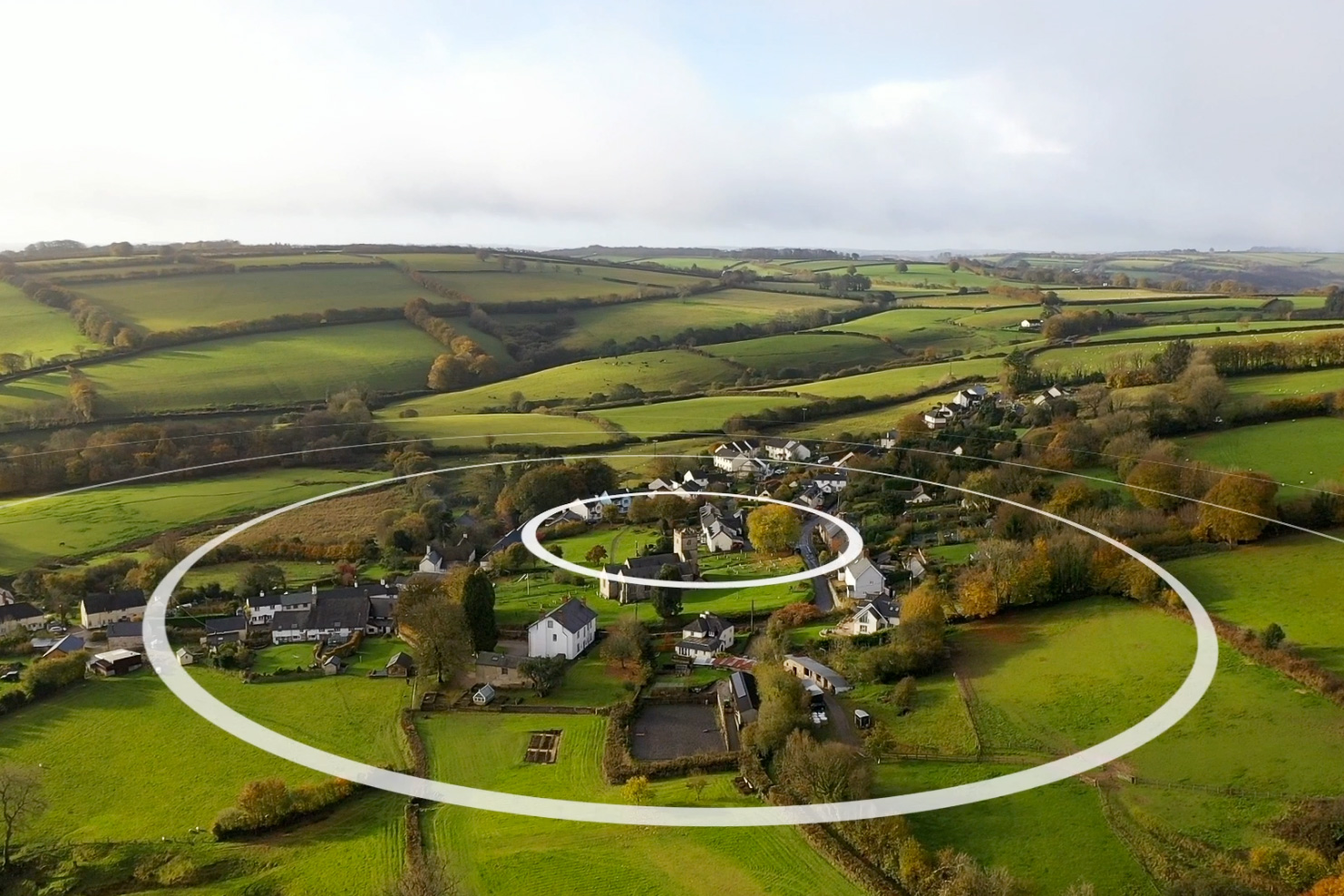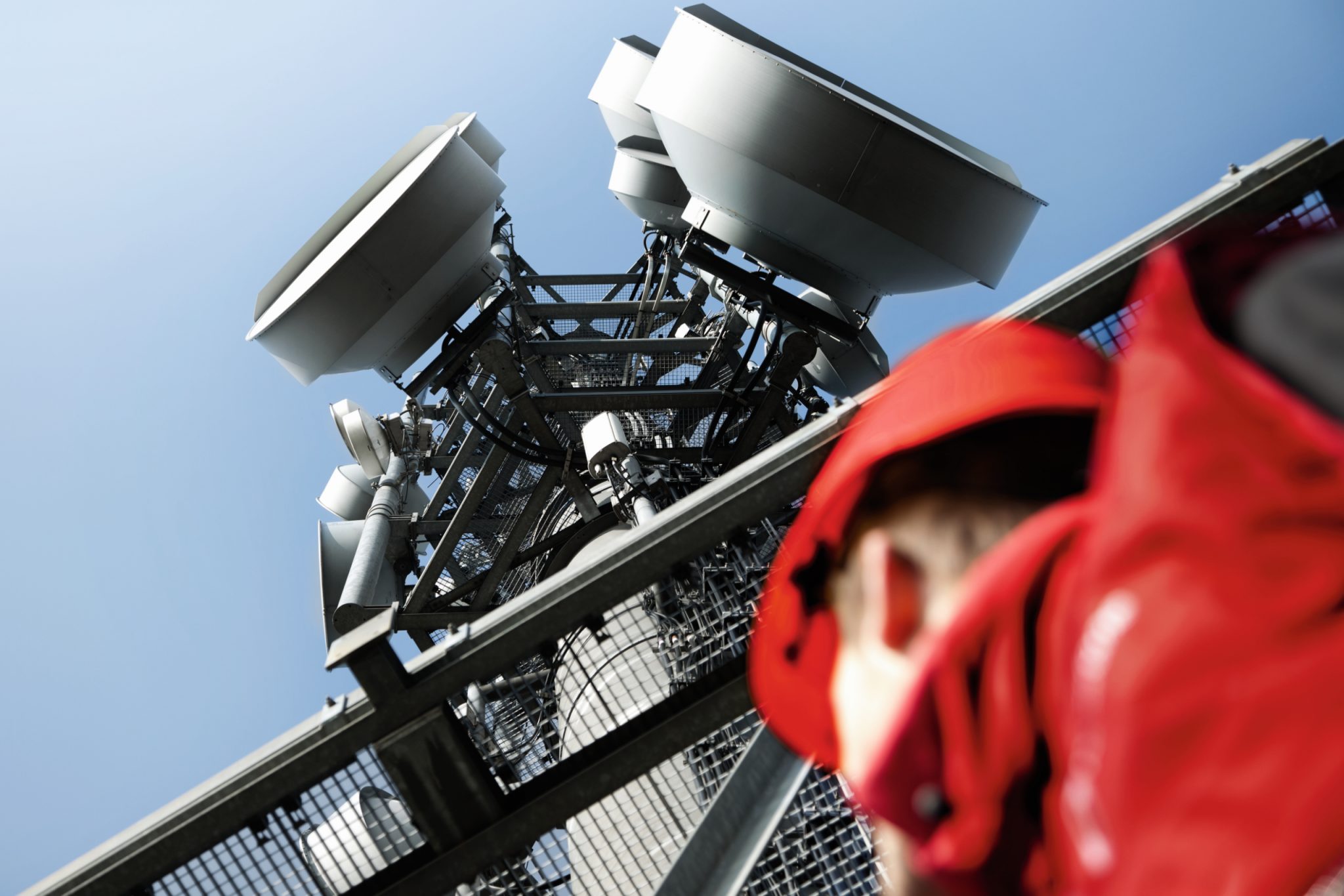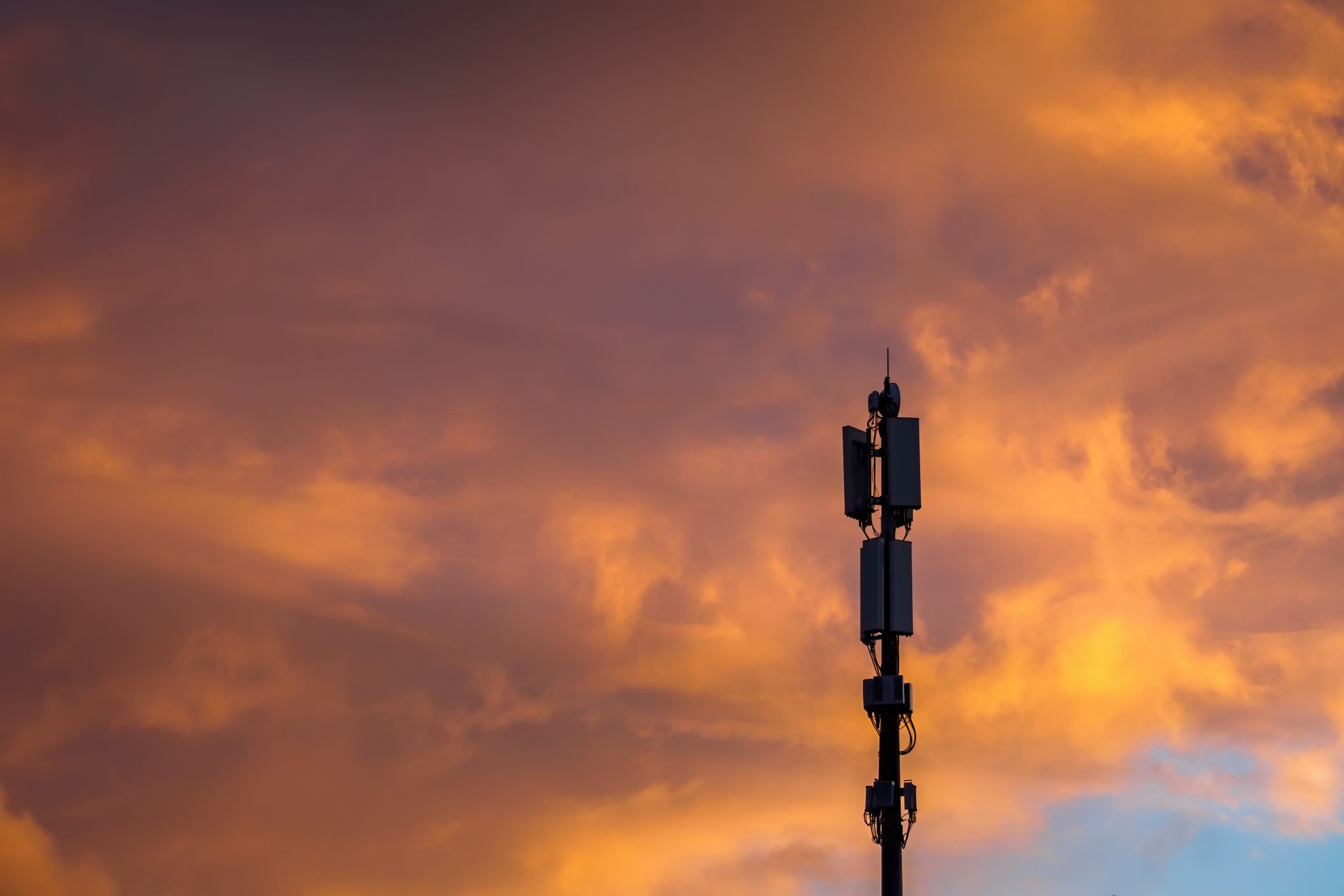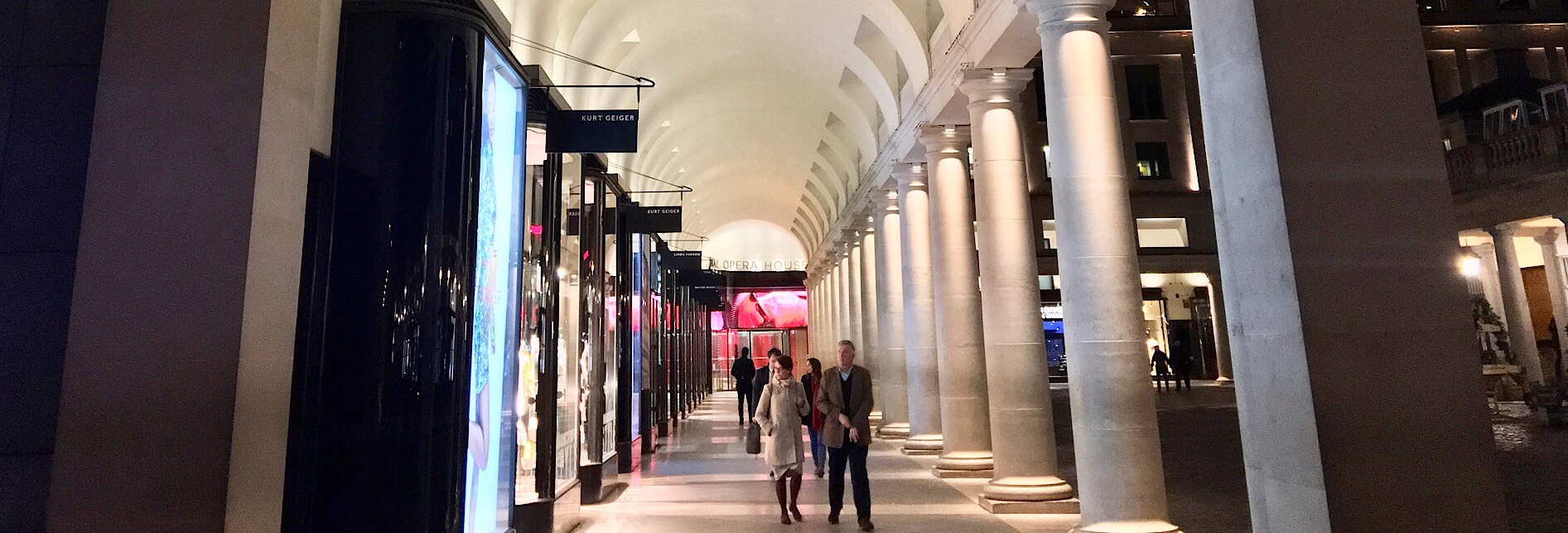An OpenRAN mini-mast has brought Vodafone 4G signal to a bucolic corner of Devon, a hamlet that's also a gateway to Dartmoor National Park.
In the middle of Dartmoor National Park in Devon, sits Postbridge. Known for its fine example of an ancient clapper bridge, this tiny hamlet is also home to the Postbridge National Park Visitor Centre.
As well as containing some fascinating exhibits, displays and information about the national park, the Visitor Centre is now also home to the latest ‘small cell’ OpenRAN technology. A clever and discreet little box – about the size of a shoe box – is now delivering strong and reliable 4G coverage to Vodafone customers who work at or visit the centre, as well as those living in this beautiful corner of rural Devon.
The clever boxes use a broadband line for the necessary backhaul connection back to the main core network. As they are small and light, they can be placed on buildings across rural communities to deliver the necessary coverage. Vodafone was the first UK mobile operator to switch on a live OpenRAN site in August 2020. Since then, the technology has been installed on everything from rural church bell towers and sides of shops in historic high streets to the chimney stack of a village pub.
Heavens above! Church bell towers are ringing in better rural 4G
Vodafone, alongside the Church of England and Net CS, is using the latest technology to unobtrusively provide better 4G signal in rural communities.
The Postbridge installation is part of Vodafone’s commitment to bring stronger and more reliable 4G coverage to rural and remote UK communities. Other activities include involvement in the Shared Rural Network (SRN) programme. This £1bn joint initiative between Government and the UK’s four mobile network operators uses mast sharing on existing sites in rural areas, while also building new shared masts to connect areas that currently have no coverage at all. As a result, over 400 rural locations across the UK are now receiving reliable Vodafone 4G through the SRN programme.
Cheers! Rural village pub celebrating better rural 4G following the introduction of OpenRAN technology
The shoebox-sized mini-mast installed on the Six Bells Pub in Beenham brings more reliable Vodafone 4G to the countryside business and its customers.
The news follows the Competition and Markets Authority (CMA) approval of the combination of Vodafone and Three in the UK in late 2024. The merger will create one of Europe’s most advanced 5G networks, while delivering on the Government’s 2030 5G coverage ambitions by providing 95% of the UK population with the latest mobile network technology – 5G Standalone (5G SA) – by 2030. This will be further extended to 99% by 2034, leading to the closure of the digital divide, with rural areas benefitting from the connectivity including:
- Health – where fast 5G infrastructure could offer the ability to pre-empt and react to health emergencies, crucial in hard-to-reach areas.
- Education – virtual classrooms could offer distance learning opportunities and specialist qualifications, vastly increasing the opportunities available to people.
- Agriculture – 5G-enabled sensors could provide data that leads to higher yields and better crop quality.
Stay up-to-date with the latest news from Vodafone by following us on LinkedIn and Twitter/X, as well as signing up for News Centre website notifications.
Remote works: Why rural connectivity is central to Vodafone's network
At Vodafone, we’ve always been vocal in our belief that a rural postcode should not be a barrier to connectivity. This is why we continue to invest millions in our rural network.

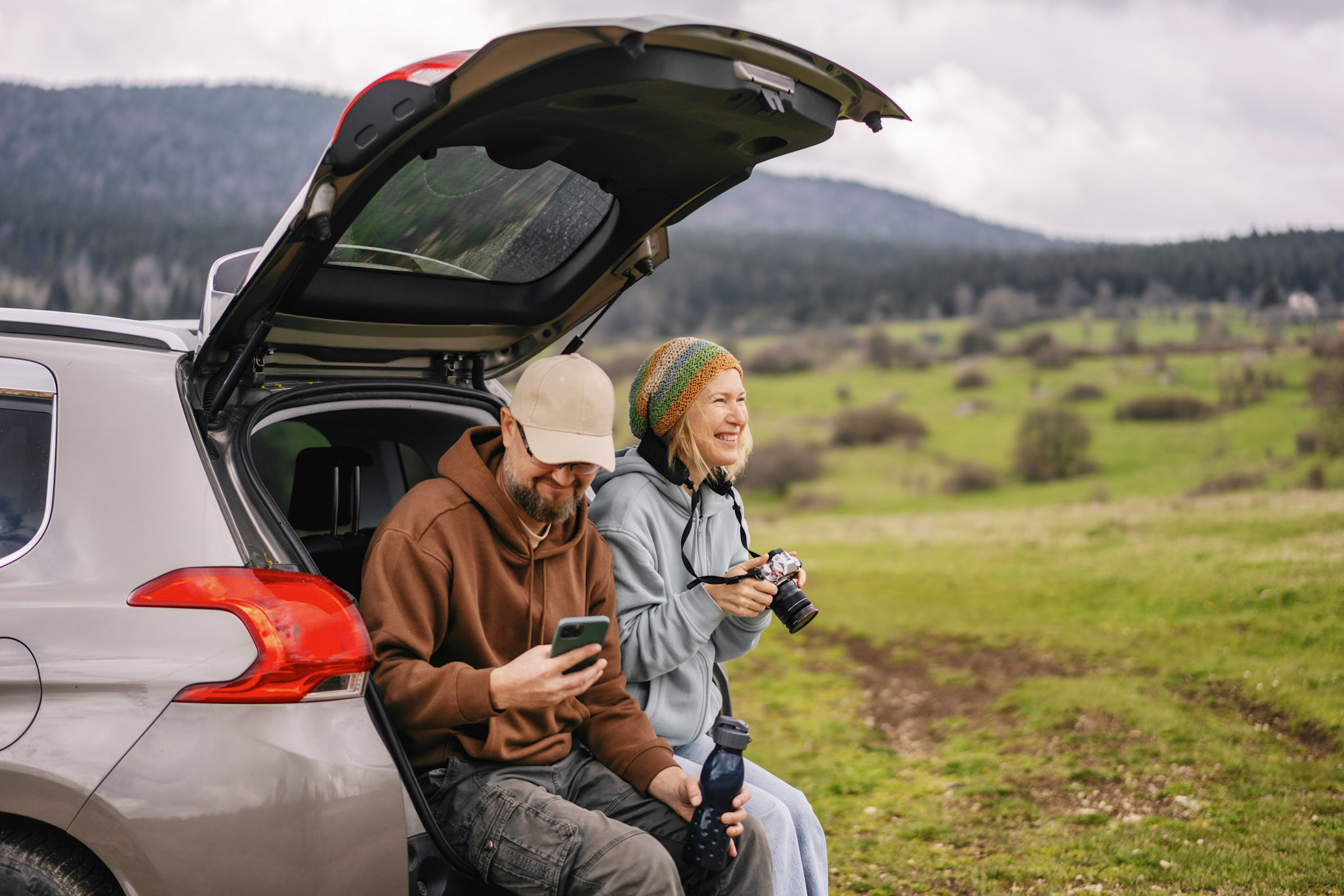
![Friends at the pub edited [Adobe Stock] stock photo of three bearded men with excessive amounts of gel in their hair, drinking beer in a pub while looking at a smartphone](https://www.vodafone.co.uk/newscentre/app/uploads/2024/02/Friends-at-the-pub-edited-Adobe-Stock.jpg)
